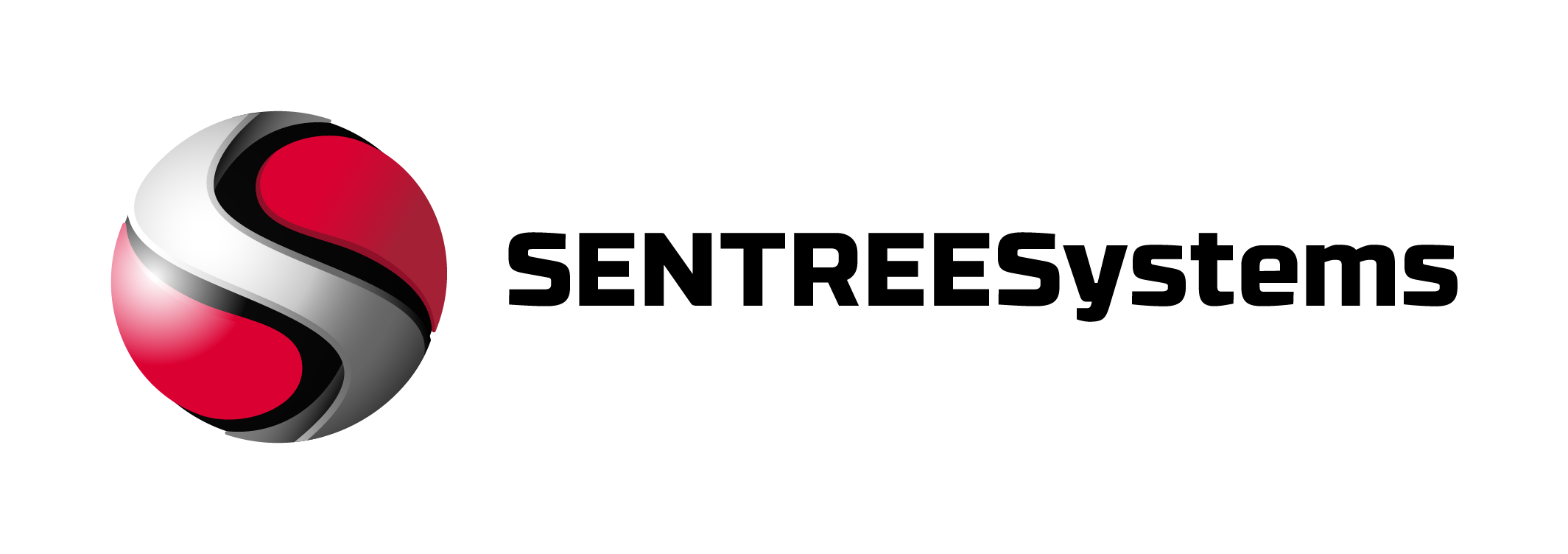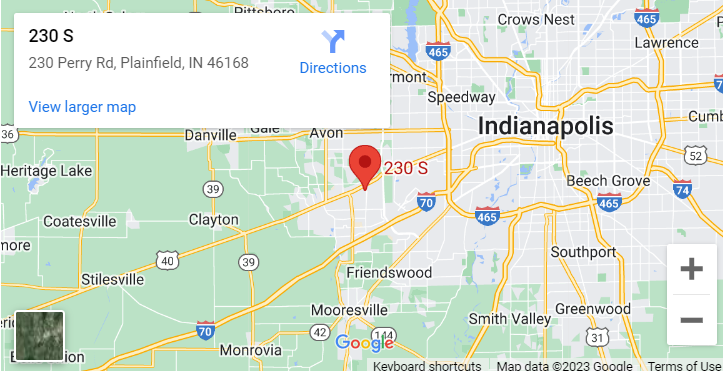AI security case studies reveal transformative outcomes for small and medium enterprises: threat detection automation that reduces analyst workload by over 80 percent, autonomous response systems that contain incidents in minutes, and predictive analytics that were previously accessible only to Fortune 500 companies. These documented successes demonstrate that strategic AI deployment fundamentally changes cybersecurity economics for smaller businesses.
Key Takeaways
- AI security implementations deliver measurable cost savings through reduced analyst time and prevented breaches
- Phased deployment approaches with clear business objectives achieve better outcomes than comprehensive system replacements
- Human oversight mechanisms ensure AI systems enhance rather than replace security decision-making
- Integration with existing infrastructure enables organizations to leverage current investments while adding automation
- Employee training and change management prove critical for successful adoption and value realization
What results can small businesses expect from AI security deployments?
Small businesses typically see 60-90 percent reduction in false positives, autonomous resolution of routine security investigations, and detection of threats that traditional tools miss entirely.
A utility company operating across 100 sites implemented Darktrace and achieved 264 analyst hours saved monthly while resolving 92 percent of investigations autonomously. The system identified threats that existing endpoint protection missed, including a malware incident that Darktrace detected and stopped in real time.
These outcomes reflect patterns observed across multiple SME implementations spanning healthcare, accounting, and critical infrastructure sectors.
Real-World AI Security Case Studies: Documented Success Stories
Healthcare Provider Network: MedSecure and HealthNet
MedSecure Health Systems in Chicago and HealthNet Providers in New York deployed machine learning algorithms for anomaly detection across patient data access patterns. The implementations achieved HIPAA compliance while reducing incident detection time from hours to minutes. Both organizations reported successful blocking of multiple attack attempts that would likely have succeeded against previous security postures.
Regional Accounting Firm: Governance-First AI Adoption
A regional accounting firm addressed employee resistance to AI tools by implementing centralized platform management with role-based access controls. The deployment enabled AI-enhanced financial analysis while maintaining strict data privacy requirements. Results included 35 percent reduction in administrative hours and 100 percent compliance with professional regulatory obligations.
Mid-Sized Chicago Accounting Firm: Credential Compromise Prevention
An accounting firm’s AI-driven endpoint protection identified compromised credentials being used in brute-force attacks across network systems. The system detected unusual access patterns and suspicious process executions, enabling immediate credential isolation. Zero downtime and no data compromise occurred because the AI system enabled response before breach escalation.
Technical Architecture: How SMEs Deploy AI Security Successfully
EDR vs XDR
Endpoint Detection and Response (EDR) monitors individual devices, while Extended Detection and Response (XDR) correlates signals across email, endpoints, network, and cloud. SMEs often start with EDR for immediate endpoint visibility, then expand to XDR for comprehensive threat correlation.
UEBA Implementation
User and Entity Behavior Analytics establishes baselines for normal activity patterns, then alerts on deviations indicating compromised credentials or insider threats. Healthcare and financial services SMEs particularly benefit from UEBA’s ability to detect unusual data access patterns.
SIEM/SOAR vs MDR/MSSP
Security Information and Event Management (SIEM) with Security Orchestration, Automation and Response (SOAR) requires internal expertise for tuning and management. Managed Detection and Response (MDR) and Managed Security Service Providers (MSSP) provide external expertise for organizations lacking dedicated security staff.
NIST CSF Mapping
AI security implementations map across NIST Cybersecurity Framework functions: Identify through asset discovery automation, Protect via behavioral baselines, Detect through anomaly analysis, Respond via automated containment, and Recover through incident timeline reconstruction. For healthcare organizations, HIPAA Security Rule compliance requires administrative, physical, and technical safeguards that AI systems can monitor and enforce automatically.
Solution Comparison: AI Security Technologies for SMEs
| Technology | Primary Function | SME Considerations |
|---|---|---|
| AI-Enhanced Email Security | Behavioral analysis of sender patterns, URL/attachment inspection | Essential first layer; high ROI for phishing prevention |
| AI-Powered EDR | Endpoint behavior monitoring, automated threat response | Critical for remote workforce protection |
| XDR Platforms | Cross-domain correlation and automated investigation | Suitable for organizations with multiple security tools |
| Network Analytics | Traffic pattern analysis, lateral movement detection | Valuable for detecting advanced persistent threats |
| MDR Services | 24/7 monitoring with human analyst escalation | Addresses staffing limitations in smaller organizations |
What does AI cybersecurity cost for organizations with 25-50 employees?
AI-enhanced security solutions typically range from $10-40 per user monthly, with MDR services adding $5,000-15,000 monthly regardless of user count (as of December 2024).
- Email security with AI analysis: $3-8 per user monthly
- AI-powered endpoint protection: $8-18 per user monthly
- Network behavior analytics: $12-30 per user monthly
- Comprehensive XDR platforms: $20-50 per user monthly
- MDR service overlay: Fixed monthly cost based on environment complexity
Return on investment measurement focuses on Mean Time to Detection (MTTD) reduction, Mean Time to Response (MTTR) improvement, and prevented breach costs. The CISA Cybersecurity Incident Response guidance emphasizes that rapid detection and response significantly reduce incident impact and recovery costs.
Implementation Challenges and Solutions
Data Privacy and Regulatory Compliance
Organizations address privacy concerns through private cloud deployments where AI processing occurs within controlled environments rather than public cloud services. Healthcare implementations demonstrate that HIPAA-compliant AI systems can operate effectively while delivering robust threat detection.
Employee Resistance and Change Management
Successful implementations overcome resistance through clear communication about security architecture, employee involvement in deployment processes, and demonstrated benefits that eliminate repetitive tasks. Organizations that invest in comprehensive training achieve faster adoption and higher value realization.
Budget Constraints and Resource Allocation
SMEs often fund AI security through reallocation rather than new capital. The utility company case study eliminated redundant legacy tool licenses to fund Darktrace implementation, achieving immediate cost neutrality while gaining superior functionality.
Best Practices for AI Security Implementation
Establish Clear Objectives and Metrics
Organizations with defined business objectives and measurable success criteria achieve substantially better outcomes. The utility company established goals for analyst workload reduction and threat detection accuracy before vendor selection, enabling objective evaluation of results.
Vendor Selection and Partnership
Successful implementations partner with financially stable vendors offering established support infrastructure and clear product roadmaps. Vendor stability proves particularly important for SMEs lacking internal expertise to migrate platforms if initial vendors encounter financial difficulties.
Human Oversight Architecture
All successful case studies implement deliberate human validation mechanisms rather than fully autonomous AI decision-making. Healthcare providers validate AI-generated alerts before taking protective actions, while accounting firms require human review for AI outputs appearing in client communications.
Measuring Success: ROI and Operational Metrics
The documented case studies demonstrate consistent patterns of measurable improvement across multiple dimensions. The utility company achieved six-figure annual cost savings through analyst time reduction alone, while the accounting firm realized 35 percent administrative time savings that enabled staff reallocation to higher-value activities.
Critical success metrics include false positive reduction (single digits per day versus hundreds previously), autonomous investigation resolution rates (92 percent in the utility case), and threat detection speed improvements (minutes versus hours for traditional systems). These improvements translate directly into reduced breach impact, lower remediation costs, and improved business continuity.
Qualitative benefits include improved security team satisfaction, reduced burnout from alert fatigue, and transition from reactive firefighting to strategic security planning. Organizations report that AI implementations enable existing staff to engage in more fulfilling work focused on policy development and threat intelligence rather than manual alert processing.
Future Trends: Evolution of AI Security Capabilities
Autonomous Response Development
Current AI security systems primarily operate in detection and analyst-assistance modes, but emerging platforms increasingly feature autonomous response capabilities. The progression toward greater autonomy requires SMEs to develop governance frameworks defining which security decisions can be made autonomously versus requiring human approval.
Predictive Analytics Integration
Next-generation AI systems incorporate predictive capabilities that forecast where attacks are likely to occur based on historical patterns and threat intelligence. For resource-constrained SMEs, predictive analytics enable focused defensive efforts on high-probability targets rather than attempting comprehensive protection across all systems simultaneously.
Conclusion
These ai security case studies provide compelling evidence that small and medium enterprises can achieve enterprise-grade security outcomes through strategic AI implementation. The documented successes—from 264 monthly analyst hours saved to 92 percent autonomous investigation resolution—demonstrate that organizational size does not limit AI security effectiveness. SMEs contemplating AI security investment should establish clear objectives, select stable vendor partners, invest in phased implementation with comprehensive training, and maintain focus on high-impact use cases that deliver measurable value.
Frequently Asked Questions
What are the most successful ai security case studies for small businesses?
The utility company Darktrace deployment achieving 264 analyst hours saved monthly, healthcare providers implementing HIPAA-compliant anomaly detection, and accounting firms preventing credential compromise through AI-powered endpoint monitoring represent the most documented successful implementations with quantified outcomes.
How long does AI security implementation take for SMEs?
Successful implementations typically complete initial deployment within 1-4 weeks, with full value realization occurring within 3-6 months. Phased approaches enable organizations to achieve early wins while gradually expanding system capabilities.
Can AI security systems integrate with existing security tools?
Modern AI platforms are designed for integration rather than replacement. The utility case study demonstrates successful consolidation of IT, OT, email, and endpoint security into unified dashboards while maintaining existing ticketing and escalation workflows.
What ROI should SMEs expect from AI security investments?
Organizations typically achieve positive ROI within 3-6 months through analyst time savings, reduced false positives, and prevented security incidents. The utility company case documented six-figure annual savings from a single deployment.
How do AI security systems handle regulatory compliance requirements?
AI systems designed with compliance requirements integrated from initial architecture can operate effectively within regulatory constraints. Healthcare implementations demonstrate successful HIPAA compliance while delivering robust threat detection and automated response capabilities.
What training is required for employees using AI security systems?
Successful implementations invest in comprehensive training covering system capabilities, workflow changes, and governance requirements. Organizations that treat deployment as technical installation rather than change management experience slower adoption and delayed value realization.
Are AI security systems suitable for organizations with limited IT staff?
AI systems particularly benefit resource-constrained organizations by automating routine security tasks and providing 24/7 monitoring capabilities. MDR services can provide additional expertise for organizations lacking dedicated security personnel.



